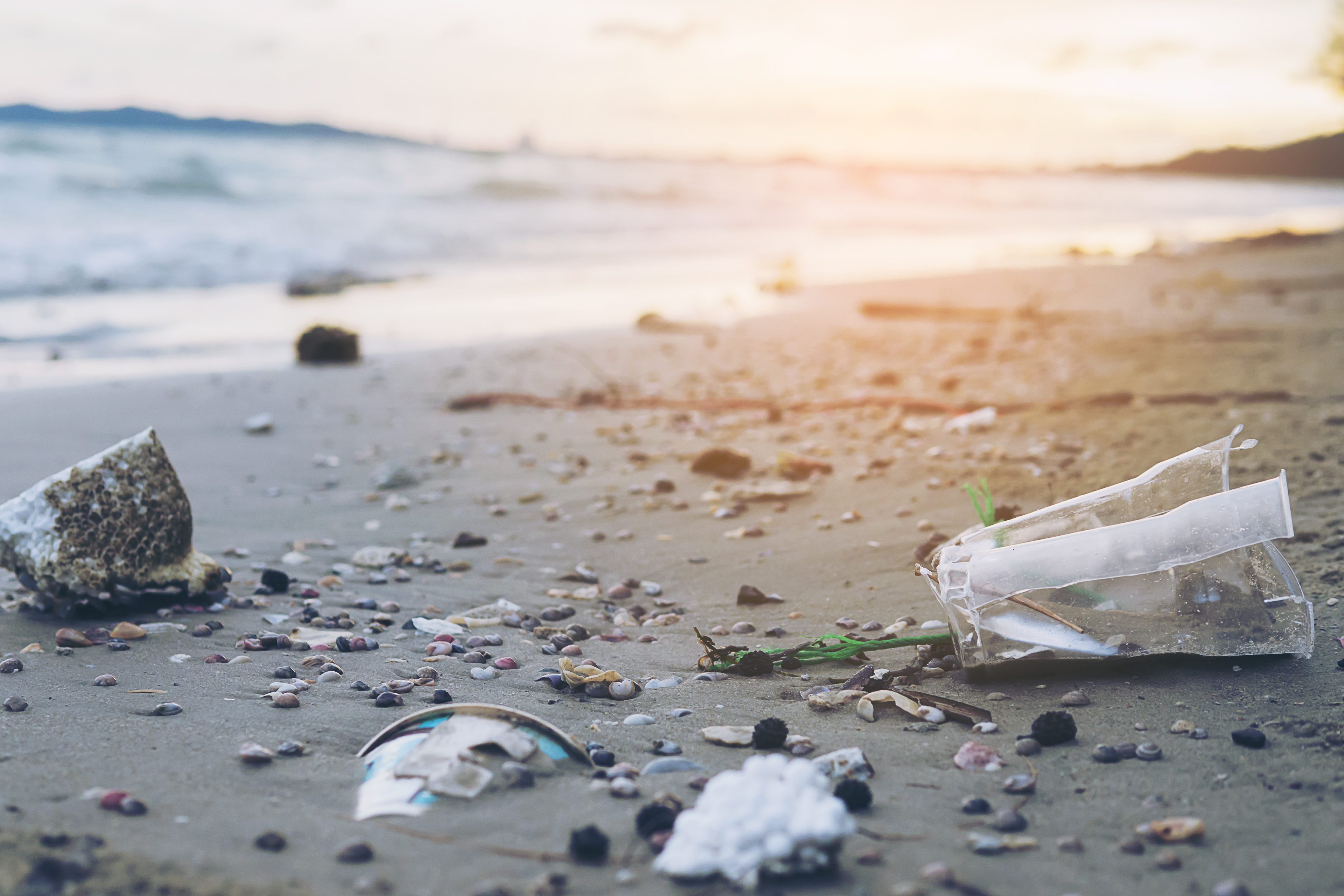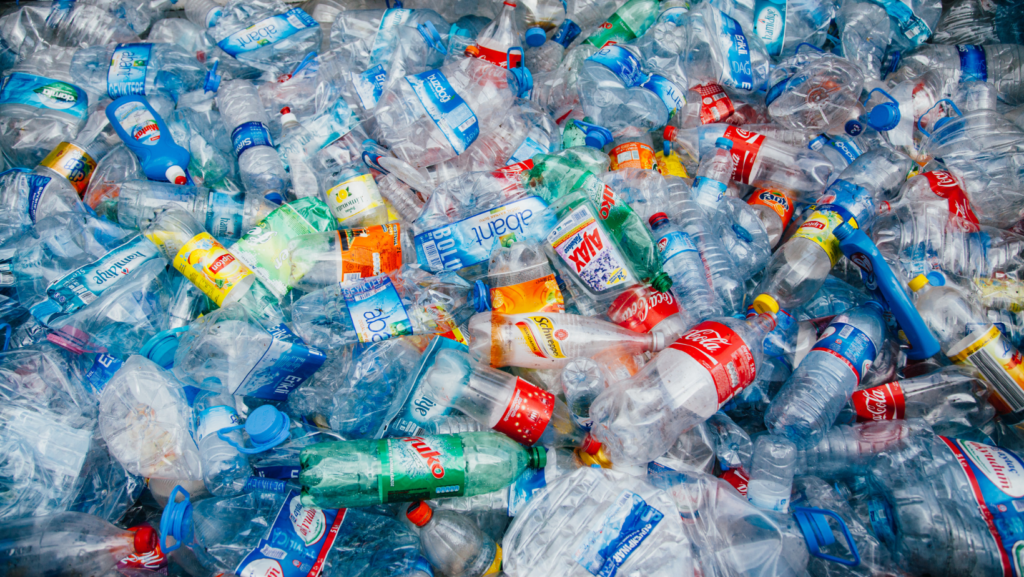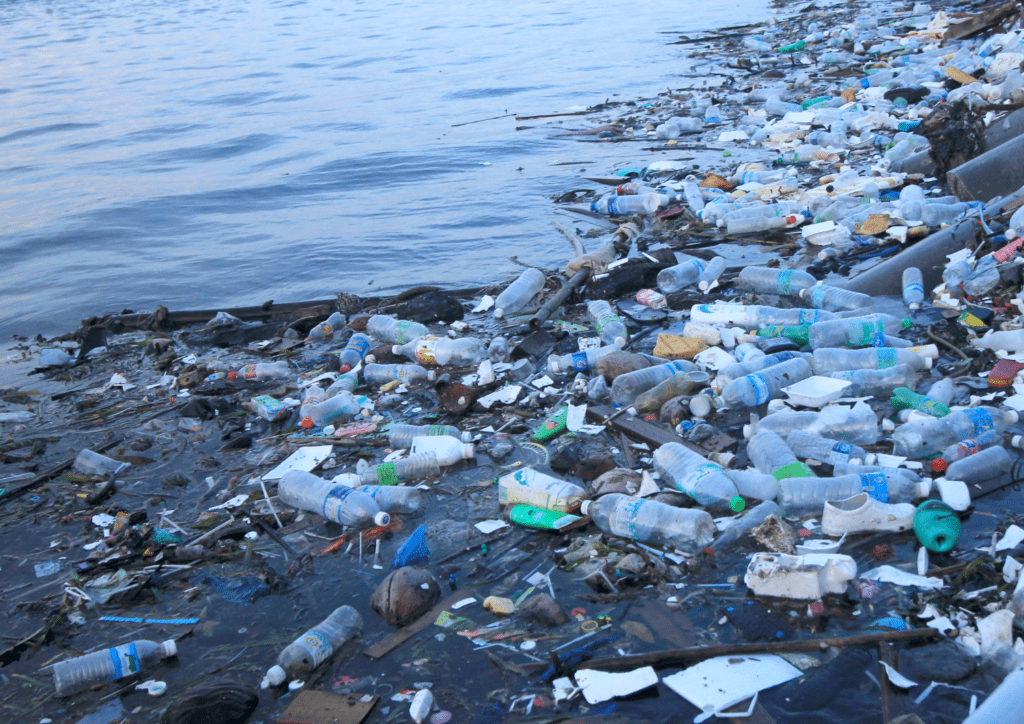This Plastic Free July, we’re launching a blog series to dig more deeply into the story – and impacts – of plastics in Canada. But in order to tell the whole story, we need to zoom out and take a look at the big picture. Throughout the month of July, we’ll take you on a step-by-step journey that exposes the true cost of the plastic lifecycle, from the extraction of oil and gas all the way to the landfill…and beyond. In this blog, we’ll provide an overview of what’s to come in the month ahead.
What is Plastic Pollution?
What is plastic pollution, really? You may think you know the answer, but the true story of plastic in Canada might surprise you.
When most people think about the plastic pollution crisis, they imagine plastic-littered shorelines, floating plastic debris in the ocean, and mountains of plastic trash in landfills. But it’s so much more than that. The problem with plastic goes beyond litter and landfills.
The harm begins long before a plastic item is even made, and continues long after we throw the item away. Plastic pollution affects everything from air quality, to climate change to human health. Some of this pollution is hard to see with the naked eye, but it’s all part of the destructive cycle of plastic.
How Does Plastic Pollution Affect the Environment and Human Health?
This series explores the full lifecycle of plastics and how it affects the environment and the people living in Canada’s plastic pollution hotspots along the way. Each blog will examine one part of the plastic lifecycle. Some of these blogs are already live, and you can read them below. Stay tuned for those still to come!
- Part 1: Plastic and Fossil Fuels. We’ll begin in Canada’s tar sands in Alberta’s Athabasca region, where heavy oil is extracted. The pollution caused by this process is poisoning the water and environment of Indigenous peoples whose ancestors have lived on the water and land there since time immemorial. The dirty oil mined in the Athabasca is used to make petrochemicals, which are the building blocks of the plastic items we use every day, including water bottles.
- Part 2: Plastic and Pipelines. Next, we’ll take a disturbing trip down Enbridge’s Line 5 pipeline which transports oil mined in Alberta to refineries in eastern Canada. Indigenous leaders and environmentalists have called for the shutdown of the old and deteriorating pipeline because of the dangers it poses to the environment and sacred places in the Great Lakes.
- Part 3: Plastic Production and Human Health. At the end of the pipeline lies Canada’s Chemical Valley—a cluster of refineries in southwestern Ontario that make plastics and petrochemicals. Release of pollutants, including the carcinogen benzene, into the air and water, is affecting the health of the people of Aamjiwnaang and Sarnia. Workers in plastics manufacturing are also exposed to toxic chemicals that pose a hazard to their health.
- Part 4: The Dangers of Single-use Plastic Packaging. Next, we’ll take a stroll down your local grocery store aisle where many of those plastic products are wrapped around your food. The federal government has already confirmed that plastic packaging can expose us to chemicals that affect how our bodies function, including brain development, reproduction and heart health, and yet grocery stores are teeming with the stuff.
- Phase 5: Plastic Waste and Microplastics. Finally, we’ll arrive at the plastic pollution that is all too familiar to everyone. More than 4 million tonnes of plastic waste is generated in Canada every year, which mostly ends up in landfills or incinerators that are predominantly located in low-income and BIPOC communities. But that doesn’t even include the huge amount of plastic waste that we CAN’T see. Microplastics – particles of 5 millimetres or less – are transported long distances in air and water, and contaminate food webs and water supplies in even the most remote communities, including the Arctic.
How Can We Stop Plastic Pollution?
Ending plastic pollution – starting by reducing how much plastic is made and used – would bring relief to communities who face the greatest hazards from it. We need to do it for ourselves and our neighbours near and far, for wildlife and all of the natural world. Throughout July, we’ll be exploring how we can achieve this, and what you can do to help.
Governments must:










